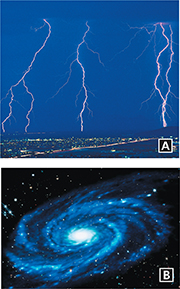Figure 8 Two major forms of energy are electrical energy and electromagnetic energy.
A Lightning bolts transfer electric charge. B Galaxies are giant structures in space that typically contain billions of stars. The stars give off enormous amounts of electromagnetic energy.

Electrical Energy
Many devices you use every day use electricity, or electrical energy. Electrical energy is the energy associated with electric charges. Electric charges can exert forces that do work. Batteries, which convert chemical energy to electrical energy, are used to operate portable CD players, flashlights, and calculators. Electrical energy also occurs in nature. The powerful bolts of lightning shown in Figure 8A are produced by electrical energy.
Electromagnetic Energy
The sun radiates electromagnetic energy into space and is the source, either directly or indirectly, of most of the world's energy supplies. Electromagnetic energy is a form of energy that travels through space in the form of waves. Visible light and X-rays are examples of electromagnetic energy. Because electromagnetic waves can travel long distances through air and space, they are often used for communication. The glowing galaxy in Figure 8B is emitting electromagnetic energy of many kinds.
Nuclear Energy
The nucleus of an atom is held together by strong and weak nuclear forces, which can store an enormous amount of potential energy. The energy stored in atomic nuclei is known as nuclear energy. A nuclear power plant uses nuclear fission reactions to generate electricity. Nuclear fission is a process that releases energy by splitting nuclei apart. A second type of nuclear reaction, nuclear fusion, releases energy when less massive nuclei combine to form a more massive nucleus. The heat and light of the sun are produced by the fusion of hydrogen nuclei into helium nuclei.
Section 15.1 Assessment
Reviewing Concepts
 Describe the relationship between work and energy.
Describe the relationship between work and energy. How is the kinetic energy of an object determined?
How is the kinetic energy of an object determined? What factors determine the gravitational potential energy of an object?
What factors determine the gravitational potential energy of an object? Give an example of each of the major forms of energy.
Give an example of each of the major forms of energy.When you heat a pot of water over a flame, what form of energy is added to the water?
Critical Thinking
Applying Concepts What kind of energy is represented by an archer stretching a bow string?
Applying Concepts Can an object have both kinetic energy and potential energy at the same time? Explain.
Math Practice
A 60.0-kg person walks from the ground to the roof of a 74.8-m-tall building. How much gravitational potential energy does she have at the top of the building?
A pitcher throws a 0.145-kg baseball at a velocity of 30.0 m/s. How much kinetic energy does the ball have?




